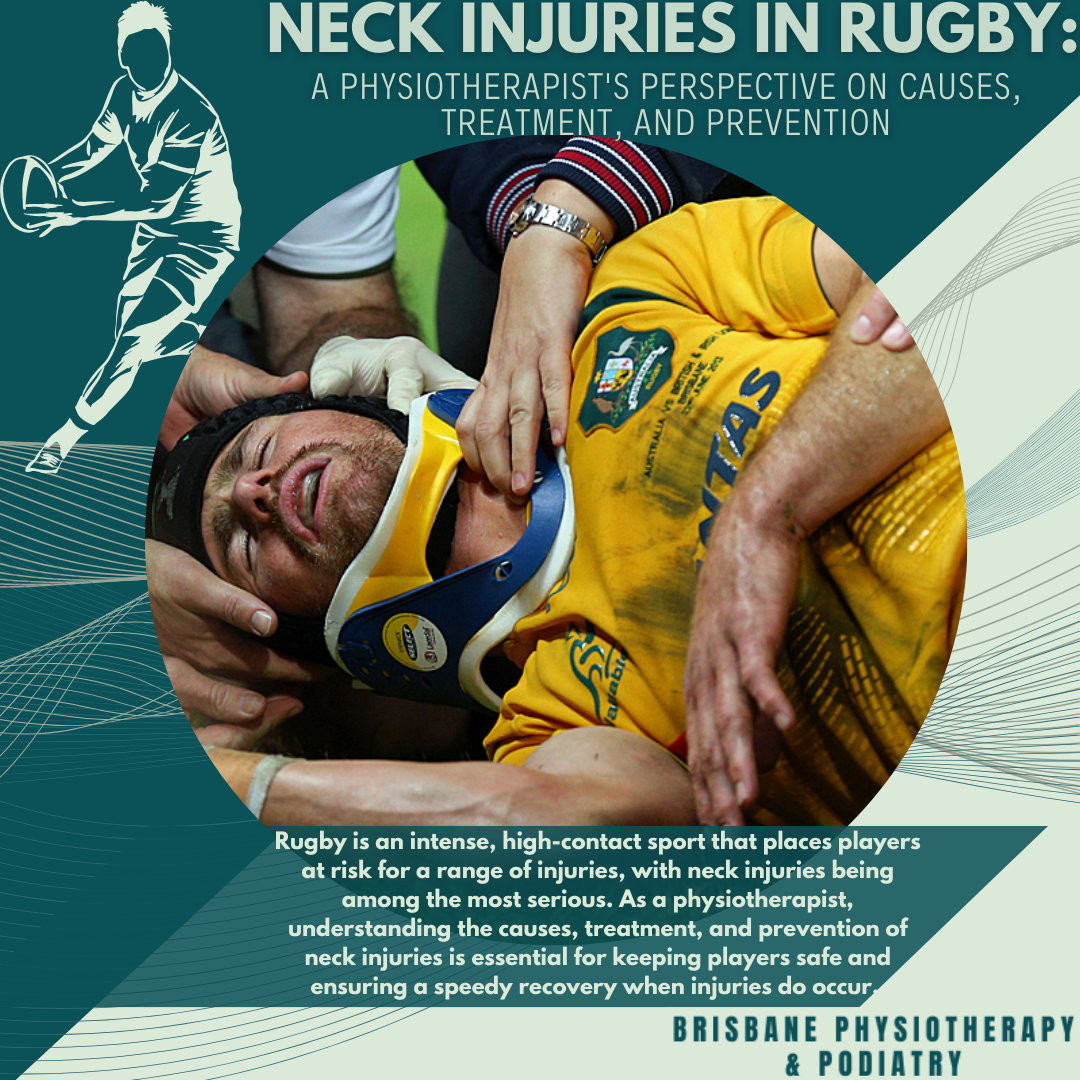Recovery Post-Concussion in Rugby and the Role of Physiotherapy
In rugby and other contact sports, concussions are a common concern due to the physical nature of the game. A concussion is a mild traumatic brain injury that results from a blow to the head or a sudden impact, and its recovery requires careful management. Physiotherapy plays a critical role in safely guiding athletes back to the field after a concussion while ensuring their long-term health and performance.
The Importance of Rest and Gradual Return to Play
Immediately following a concussion, the first priority is rest—both physical and cognitive. This allows the brain time to heal. However, rest doesn’t mean complete inactivity. Rugby players should slowly reintroduce light activities as their symptoms subside, following the step-by-step guidance of their healthcare team. Prematurely returning to full contact or intense physical activity can lead to further complications, including the risk of second-impact syndrome, which can be life-threatening.
The Role of Physiotherapy in Concussion Recovery
Physiotherapists are essential in the recovery process after a concussion, providing specialised care to ensure a safe and effective rehabilitation journey. They develop individualised treatment plans that focus on:
Vestibular Rehabilitation: Rugby players often experience balance issues, dizziness, or vertigo following a concussion. Physiotherapists use targeted vestibular exercises to help restore balance, improve coordination, and reduce symptoms, allowing players to safely resume physical activity.
Neck Pain Management: Concussions in contact sports often result in neck stiffness and pain due to whiplash or sudden head movements. Physiotherapy techniques like soft tissue therapy, neck mobilisations, and strengthening exercises help relieve pain and improve neck function, allowing athletes to regain full mobility.
Gradual Return to Play: Physiotherapists guide players through a graduated return-to-play protocol, gradually increasing intensity to ensure the athlete can safely resume activity. This includes a graded return to physical activity checklist that your physiotherapist will go through with you, ensuring clear, step-by-step progress without overloading the body.
SCAT 6 Assessment: The SCAT 6 (Sport Concussion Assessment Tool 6th Edition) is a widely used assessment tool in concussion management, specifically designed for athletes. It helps physiotherapists and medical professionals evaluate the severity of the concussion and track recovery progress. The SCAT 6 includes a symptom checklist, cognitive screening, balance tests, and coordination assessments to provide a comprehensive picture of the athlete’s condition. This tool is critical for determining when it is safe for an athlete to return to play, ensuring that the decision is based on clinical evidence rather than just subjective reports.
By combining rest, rehabilitation, and a gradual return-to-play process, physiotherapy ensures that rugby players can recover from concussions safely and return to the game without risking further injury. Proper concussion management, including using the SCAT 6 for ongoing assessment, is key to protecting athletes’ long-term health, allowing them to perform at their best while minimising the risk of future issues.

